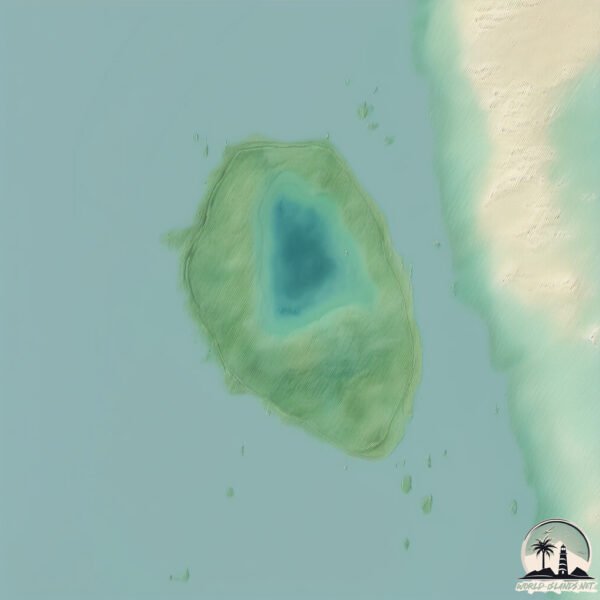Malhar Char

Welcome to Malhar Char, a Tropical island in the Bay of Bengal, part of the majestic Indian Ocean. This guide offers a comprehensive overview of what makes Malhar Char unique – from its geography and climate to its population, infrastructure, and beyond. Dive into the details:
- Geography and Size: Explore the island’s size and location.
- Climate and Weather: Weather patterns and temperature.
- Topography and Nature: Uncover the natural wonders of the island.
- Infrastructure and Travelling: Insights on reaching, staying, and making the most of your visit.
- News and Headlines: Latest News.
Geography and size of Malhar Char
Size: 2.509 km²
Coastline: 6.7 km
Ocean: Indian Ocean
Sea: Bay of Bengal
Continent: Asia
Malhar Char is a Small Island spanning 2.5 km² with a coastline of 6.7 km.
Archipel: –
Tectonic Plate: India – A major tectonic plate that initially moved northward at a rapid pace before colliding with the Eurasian Plate. This collision is responsible for the uplift of the Himalayas and the Tibetan Plateau.
The geographic heart of the island is pinpointed at these coordinates:
Latitude: 22.24855927 / Longitude: 89.86123505
Climate and weather of Malhar Char
Climate Zone: Tropical
Climate Details: Tropical Savanna, Wet
Temperature: Hot
Climate Characteristics: Defined by distinct wet and dry seasons with high temperatures year-round. Pronounced rainfall occurs during the wet season, while the dry season is marked by drought.
Topography and nature of Malhar Char
Timezone: UTC+06:00
Timezone places: Asia/Dhaka
Max. Elevation: 1 m
Mean Elevation: 1 m
Vegetation: Sparse Vegetation
Tree Coverage: 35%
The mean elevation is 1 m. The highest elevation on the island reaches approximately 1 meters above sea level. The island is characterized by Plains: Flat, low-lying lands characterized by a maximum elevation of up to 200 meters. On islands, plains are typically coastal lowlands or central flat areas.
Dominating Vegetation: Sparse Vegetation
These regions have limited plant growth, typically due to extreme conditions like aridity or poor soils. Vegetation is scattered and consists of hardy plant species. Malhar Char has a tree cover of 35 %.
Vegetation: 5 vegetation zones – Highly Diverse Island
With five different vegetation zones, these islands offer a rich tapestry of ecosystems. The variety could include dense forests, open meadows, wetlands, coastal zones, and more. This level of diversity supports an intricate web of life, with each zone playing a vital role in the overall ecological health and balance of the island.
Infrastructure and Travelling to Malhar Char
Does the island have a public airport? no.
There is no public and scheduled airport on Malhar Char. The nearest airport is Barisal Airport, located 78 km away.
Does the island have a major port? no.
There are no major ports on Malhar Char. The closest major port is MONGLA, approximately 37 km away.
The mean population of Malhar Char is 220 per km². Malhar Char is Moderately Inhabited. The island belongs to Bangladesh.
Continuing your journey, Trikona Island is the next notable island, situated merely km away.
Bangladesh is classified as Least developed region: Countries that exhibit the lowest indicators of socioeconomic development, with the lowest Human Development Index ratings. The level of income is Low income.
News – Latest Updates and Headlines from Malhar Char
Stay informed with the most recent news and important headlines from Malhar Char. Here’s a roundup of the latest developments.
Please note: The data used here has been primarily extracted from satellite readings. Deviations from exact values may occur, particularly regarding the height of elevations and population density. Land area and coastline measurements refer to average values at mean high tide.
